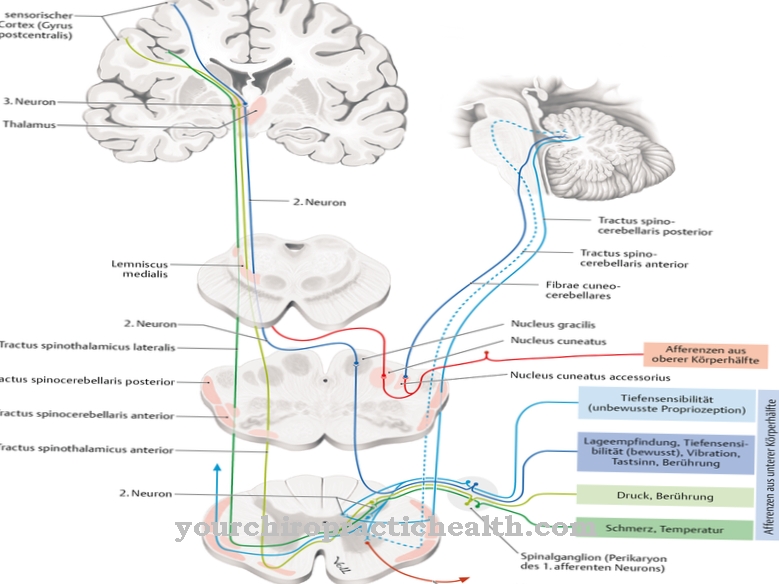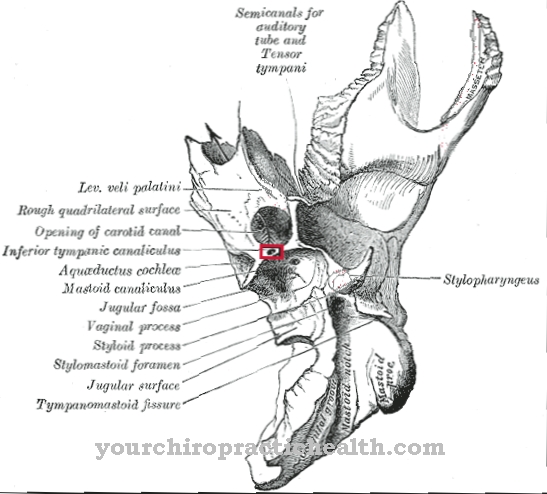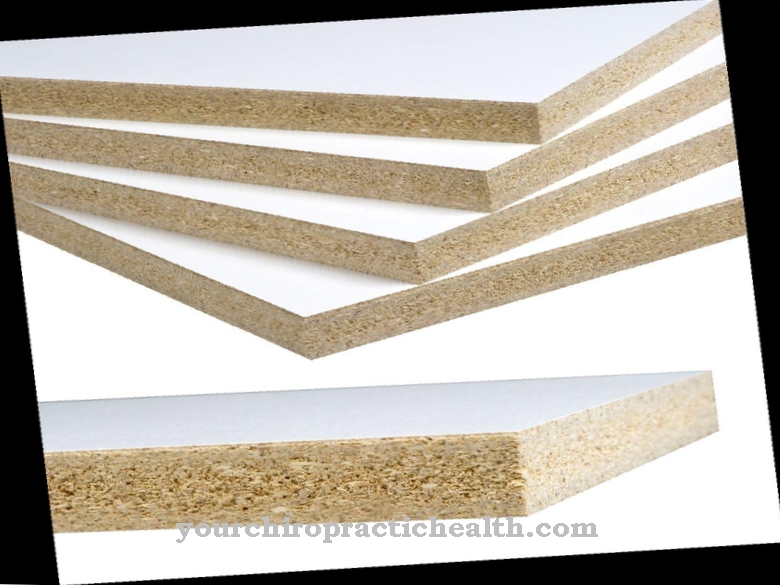In the Blandin Nuhn gland it is a small and exocrine salivary gland at the tip of the tongue with serum-like mucous secretion. In the oral cavity, saliva mainly remineralizes hard tissue and makes swallowing easier. Salivary gland diseases are often associated with decreased salivary secretion.
What is the Blandin Nuhn Gland?
The Blandin-Nuhn gland is also medically called Glandula lingualis anterior designated. It is a small salivary gland on the tip of the tongue that secretes a seromucosal secretion. This type of secretion has a consistency between liquid and solid. It is therefore also described as a serum-like slimy secretion. The Blandin Nuhn gland is an exocrine gland.
So it does not secrete directly into the blood, but releases its secretion through an outlet channel. In the 19th century, the Blandin-Nuhn gland was first described by the anatomists Philippe Frédéric Blandin and Anton Nuhn. Therefore the two became the namesake of the anatomical structure. The Blandin-Nuhn gland is one of a total of ten salivary glands in the oral cavity and is counted among the seven small salivary glands.
Anatomy & structure
All salivary glands in the mouth are exocrine glands. Like all other exocrine glands, the Blandin-Nuhn gland is embedded in a cavity system and releases its serum-like slimy secretion through a duct into the cavity of the anatomical structure. The gland is located in the muscle of the tip of the tongue, on the underside of which there are so-called crypts on both sides of the ligament. The tongue band connects the floor of the mouth with the caudal tongue and its anatomy differs from person to person.
The crypts on both sides of the ligament are more or less deep pits that are visible on the mucous membrane of the underside of the tongue. The Blandin-Nuhn gland opens into these pits and releases its secretion from its outlet channel into them. In the wall of the oral cavity, apart from the Blandin-Nuhn gland, there are six other small salivary glands, which differ from one another mainly in their location.
Function & tasks
The job of all salivary glands in the oral cavity is to moisten the oral mucosa. Without permanent moistening, the mucous membrane would dry out and become sore or cracked. Swallowing can also be a problem with dry oral mucosa. Apart from moistening, the saliva also takes on numerous tasks in the mouth. For example, the secretion plays a role in oral hygiene. There are numerous enzymes and proteins in the liquid.
Already when chewing, digestive enzymes in the saliva break down food. Apart from that, some components of saliva neutralize the acids in food. Minerals are contained in the secretion of the salivary glands. Acids attack the hard tissue of the oral cavity every day and thus deprive it of minerals. The saliva makes up for these losses. A continuous process of demineralization and remineralization takes place in the mouth. During remineralization, the damaged enamel is built up again. The hard tissue in the mouth is put on a protective coat against tooth decay and other dental diseases.
The enzymes in the saliva polish the tooth enamel and thus remove minerals that have been incorporated in above-average quantities. In human saliva there are probably also analgesic substances such as opiorphin. This explains, for example, the pain-relieving effect when people put their fingers in their mouths after being burned. Immunoglobulin A is also found in saliva and thus prevents infections of the oral cavity. The tasks of the Blandin-Nuhn gland are just as diverse as those of any other salivary gland.
You can find your medication here
➔ Drugs against sweating and sweatingDiseases
The Blandin Nuhn gland can be affected by inflammation, also known as sialadinitis by medicine. Such phenomena make themselves felt in a sharp pain. The tip of the tongue swells up and can crack. If there are cracks, the saliva can sometimes penetrate the deeper tissue and create cysts there. Chronic active sialadenitis is usually caused by bacteria. This must be distinguished from autoimmune sialadenitis, in which the immune system does not recognize its own tissue in the oral cavity as its own tissue and therefore starts an attack on it.
So-called salivary stones sometimes develop in the duct of a salivary gland. This disease causes tenderness in the area of the tongue. Salivary glands such as the Blandin-Nuhn gland are sometimes also affected by tumors. These tumors are either benign or malignant. An example of a benign tumor is the submucosal retention cyst of the anterior lingual gland. If the production and secretion of saliva from the Blandin-Nuhn gland no longer works properly, this can also be noticeable as pain in the tongue area.
The pain in this case is due to the resulting dry mouth, which in the case of the Blandin-Nuhn gland mainly relates to the tongue. With this phenomenon, the taste buds of the tongue sometimes no longer or only incorrectly perceive taste. This phenomenon can occur in the course of the physiological aging process, since in old age the salivary glands are less active and slowly lose their function. Medicines also have an impact on saliva production. As a result of a dry mouth, the tooth enamel is attacked and the hard tissue can no longer be remineralized.



























